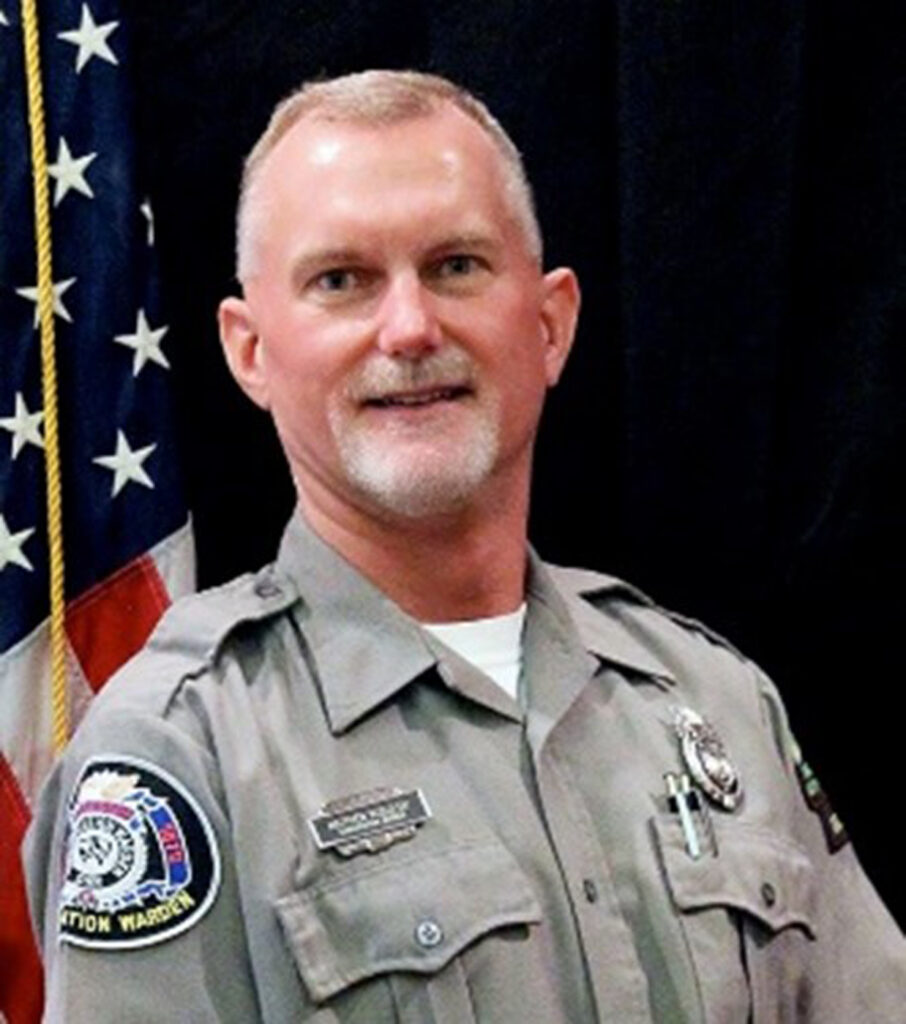By DNR Conservation Warden Matt Modjeski, Monroe County
Matthew.Modjeski@wi.gov or (608) 633-0657
It is human nature to want to help an animal that may appear to need assistance. However, wild animals are raised to live in their natural surroundings in a way that we humans don’t always understand.
Years ago, the Wisconsin Department of Natural Resources launched the Keep Wildlife Wild campaign to educate on why it is always best to keep our wildlife in the wild where they belong. In those cases where intervention is necessary, such as when a mother animal is killed, DNR-licensed professional wildlife rehabilitators are available to assist.
In mid-May of 2022, I received a phone call from an area resident who said they had recently found two baby Canada geese along the Kickapoo River and took them home. The caller wanted me to advise what to do with the two baby geese.
Bathtub not a home for goslings
Although this caller was a well-intentioned person who wanted to help, this was not the best way to help the animals. The first thing the caller needed to know was they were not authorized to keep the geese.
A strain of highly pathogenic avian influenza (HPAI) is affecting domestic and wild bird populations in North America, including in Wisconsin.
Because of this, the goslings could not go to a DNR-licensed professional wildlife rehabilitator. The only option was for the geese to go back to their parents, who were likely near the area where the person found and removed them.
The person agreed to return the geese to where they were found along the river within 24 hours of the call.
I stopped by the caller’s residence 48 hours later to ensure the geese had been returned to the site. I learned the return didn’t happen, and the geese were living in the caller’s bathtub.
After some discussion, the caller agreed to surrender the geese to me. I took the young geese back to where the caller removed them. I released the geese in the area where they were taken so they could be reunited with their parents.
Best place for wildlife is the wild
Avian influenza is caused by a virus that is common in wild birds, especially waterfowl and shorebirds. There are many different strains of avian influenza, and waterfowl often carry avian influenza viruses naturally without causing disease. There have been rare strains, including the current H5N1 strain, that can cause disease in some wild birds and other animals. Whether a strain is classified as low or highly pathogenic depends on how lethal it is to domestic poultry.
The CDC states that the strain associated with this event (EA H5 HPAI) does not present an immediate public health concern.
During the first week in May of 2022, the DNR reported it received confirmation that three wild red fox kits tested positive for the same strain of highly pathogenic avian influenza. These cases represent the first detections of highly pathogenic avian influenza in wild Wisconsin mammals. Similar cases have been confirmed in foxes from Minnesota, Michigan, Ontario, Canada and Europe.
Monitoring for highly pathogenic avian influenza focuses on species with known susceptibility such as waterfowl, water birds, raptors (especially bald eagles) and avian scavengers (crows, ravens, gulls).
What you can do
The moral of the story here is to do what is best for your health and wildlife by keeping wildlife wild. For more information, visit dnr.wisconsin.gov/topic/WildlifeHabitat/orphan.



